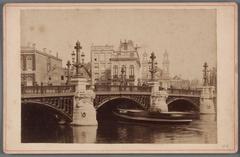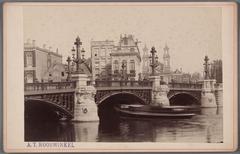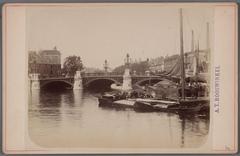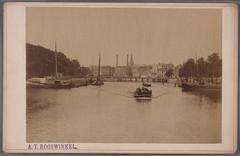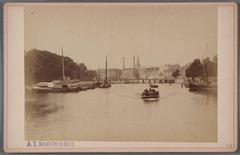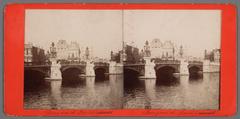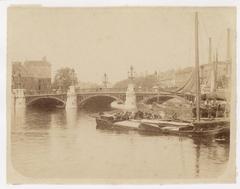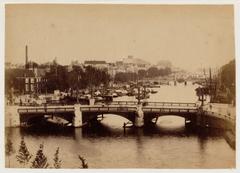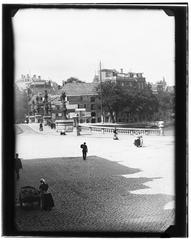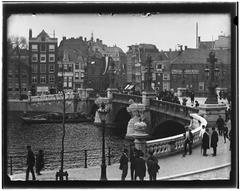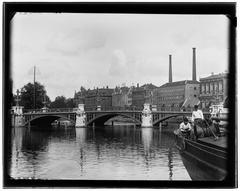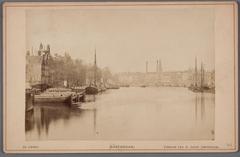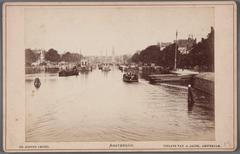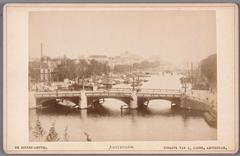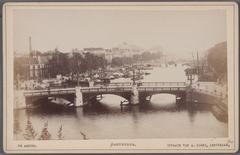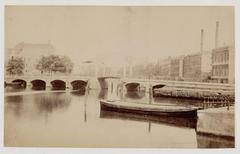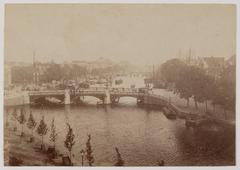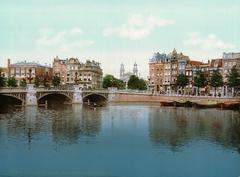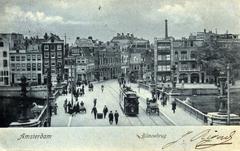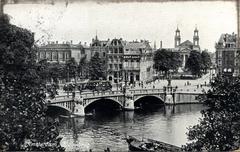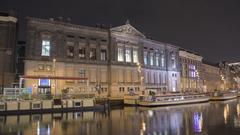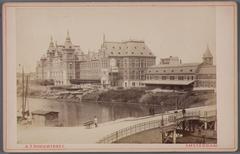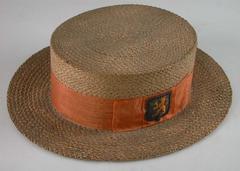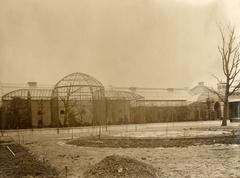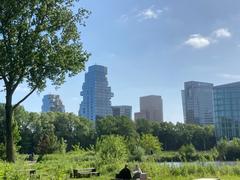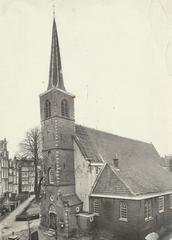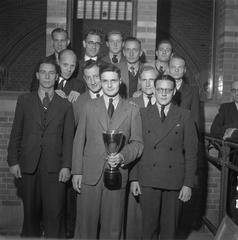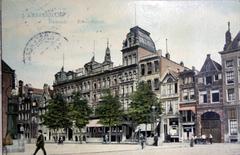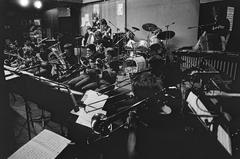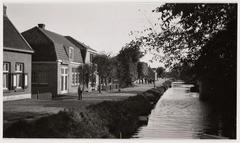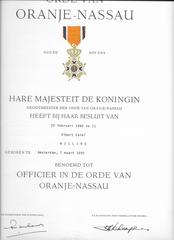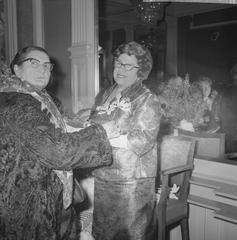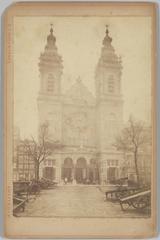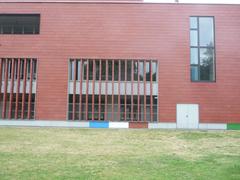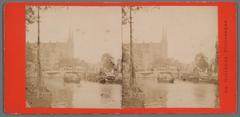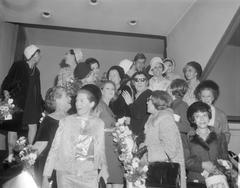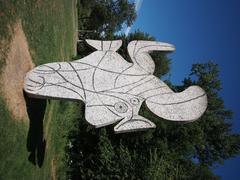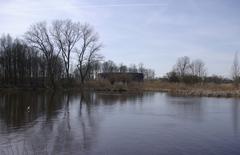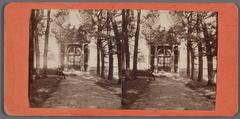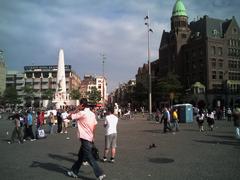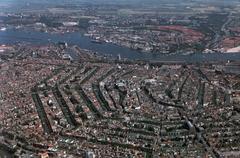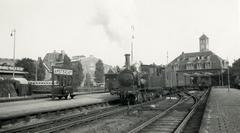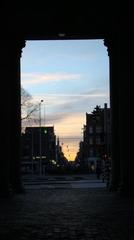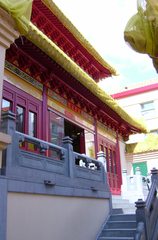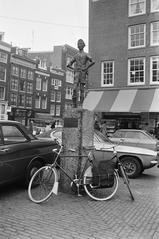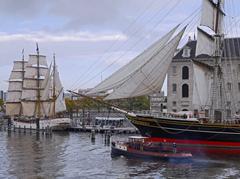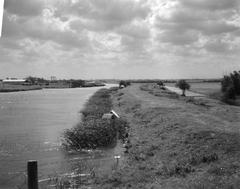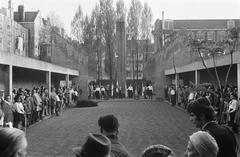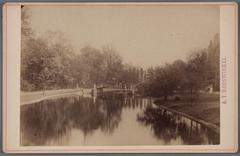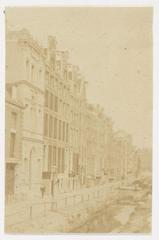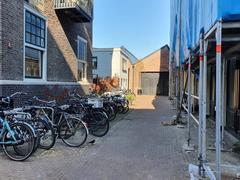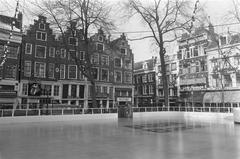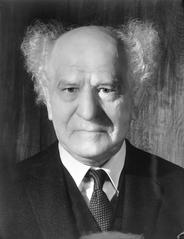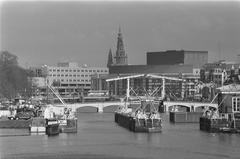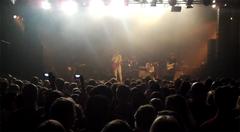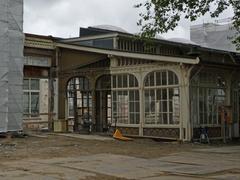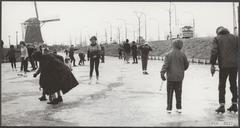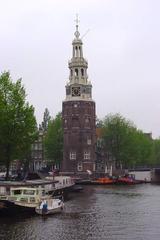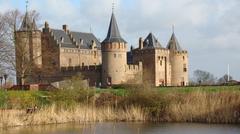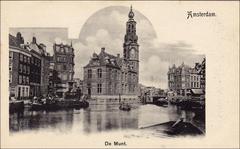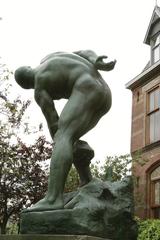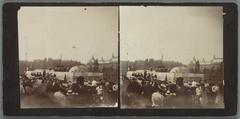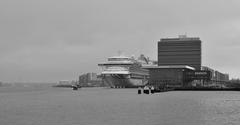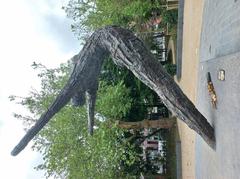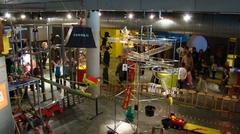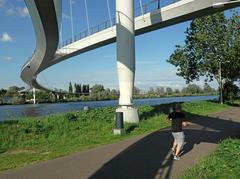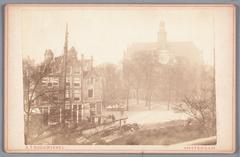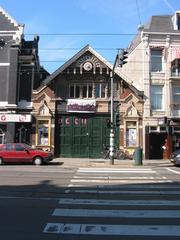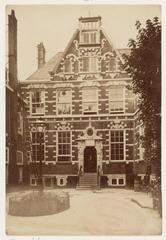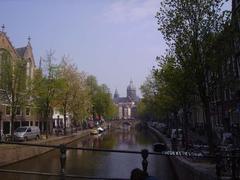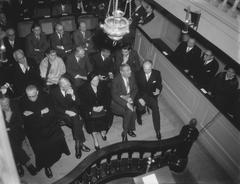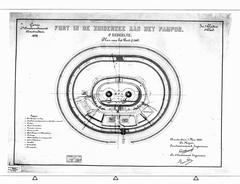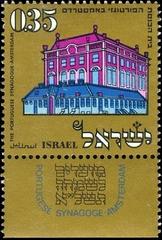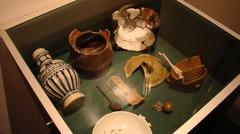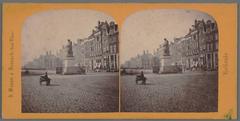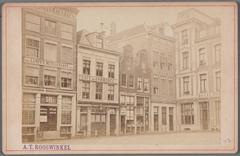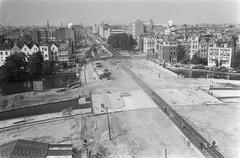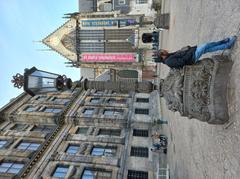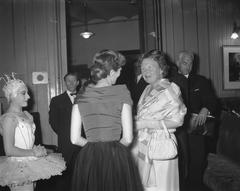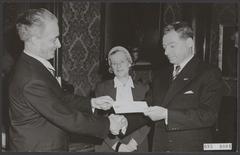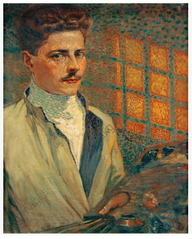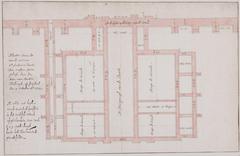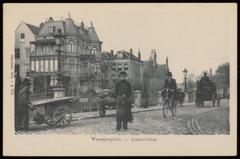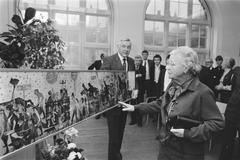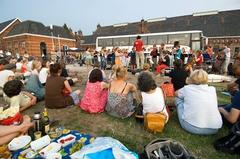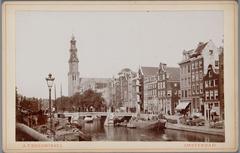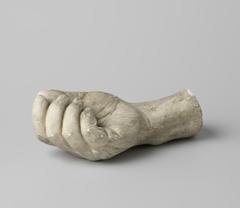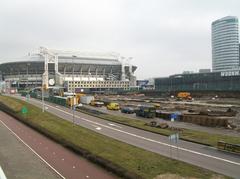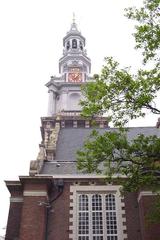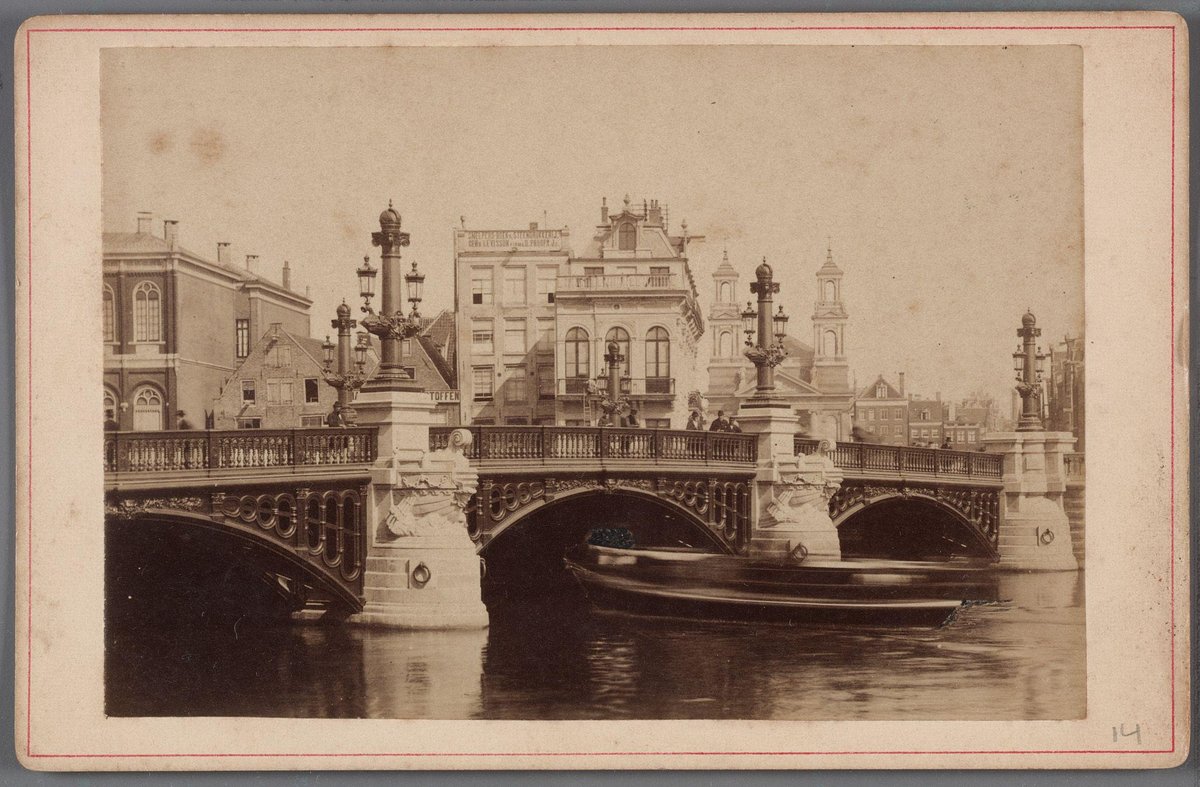
Visiting the Blauwbrug: A Comprehensive Guide to Amsterdam’s Iconic Blue Bridge
Date: 15/06/2025
Introduction
The Blauwbrug, or “Blue Bridge,” is one of Amsterdam’s most celebrated landmarks, renowned for its Neo-Baroque architectural splendor and its pivotal role in the city’s history and daily life. Spanning the Amstel River, the bridge seamlessly connects Amsterdam’s historic center with the vibrant Waterlooplein district, symbolizing the city’s maritime legacy and 19th-century ambition. This guide provides detailed information on the Blauwbrug’s history, architectural features, visiting hours, accessibility, and nearby attractions, making it an essential resource for travelers and history enthusiasts alike (Eco Boats Amsterdam; ibnbattutatravel.com; amsterdamguiden.nu).
Table of Contents
- Origins and Historical Background
- Construction and Architectural Features
- Symbolism and Urban Role
- Blauwbrug in Public Life and Events
- Visiting Information: Hours, Tickets, and Accessibility
- Travel Tips and Nearby Attractions
- Visuals and Media Resources
- FAQs
- Summary and Recommendations
- References
Origins and Historical Background
The site of the Blauwbrug has served as a vital crossing over the Amstel since the 17th century, when Amsterdam was flourishing as a global trading center. The earliest bridges here were wooden and painted blue, giving rise to the enduring name “Blauwbrug” (Eco Boats Amsterdam). These early structures became iconic both for their distinctive color and as a symbol of the city’s connection to commerce and cultural exchange.
Over time, as Amsterdam grew, the need for a more robust and architecturally significant bridge led to the construction of the present-day Blauwbrug in the late 19th century (ibnbattutatravel.com).
Construction and Architectural Features
19th-Century Ambition
The current Blauwbrug was constructed between 1883 and 1884, replacing the original wooden bridge to accommodate increased traffic and to reflect Amsterdam’s aspirations as a modern European capital. Designed in the Neo-Baroque style, the bridge was inspired by the grand bridges of Paris, such as Pont Alexandre III, blending functionality with artistic grandeur (amsterdamguiden.nu).
Key Features
- Three Stone Arches: The arches are shaped like ship hulls, paying homage to Amsterdam’s maritime heritage.
- Ornate Ironwork Balustrades: Intricate railings and details painted (originally) in blue, adorned with garlands, scrollwork, and the Amsterdam coat of arms.
- Lantern Columns and Sculpted Lions: Grand cast-iron lanterns topped with gilded crowns and sculpted lions, earning the bridge the nickname “Leeuwenbrug” or “Lion Bridge.”
- Stone Obelisks: Monumental obelisks at each end enhance the ceremonial character and sense of permanence (questoapp.com).
The combination of wrought iron and natural stone reflects 19th-century engineering advances, providing both strength and aesthetic appeal. The bridge measures approximately 80 meters in length and 24 meters in width, accommodating vehicles, trams, cyclists, and pedestrians.
Symbolism and Urban Role
More than a mere crossing, the Blauwbrug is imbued with civic symbolism. Decorative motifs—such as Amsterdam’s coat of arms, gilded royal crowns, and maritime-inspired elements—underscore the city’s pride and its royal and trading connections. The bridge strategically connects the historic city center (Amstelstraat) with the expanding Waterlooplein area, facilitating commerce and social interaction.
Historically, the Blauwbrug served as the gateway into Amsterdam’s Jewish neighborhood, underlining its importance as a connector of diverse communities and a testament to the city’s long-standing multiculturalism (Meet the Cities).
Blauwbrug in Public Life and Events
Throughout its history, the Blauwbrug has been central to Amsterdam’s public life. It has witnessed royal processions, national celebrations, and political demonstrations—most notably, the 1980 inauguration riots during Queen Beatrix’s coronation (denederlanden.com). The bridge also plays a starring role during events like SAIL Amsterdam and King’s Day, offering panoramic views for festival-goers and photographers alike.
Its location makes it a focal point for public gatherings, street performances, and cultural celebrations, reinforcing its significance in Amsterdam’s collective memory.
Visiting Information: Hours, Tickets, and Accessibility
- Hours: The Blauwbrug is a public bridge, accessible 24 hours a day, seven days a week. There are no restrictions on visitation times.
- Tickets: No tickets or entrance fees are required. The bridge is free to cross and enjoy (ibnbattutatravel.com).
- Accessibility: The bridge is wheelchair and stroller accessible, with smooth, wide paths. Cyclists and vehicles share the crossing, so visitors are advised to stay aware of traffic.
- Guided Tours: Many walking and cycling tours, as well as canal cruises, include the Blauwbrug as a highlight (GetYourGuide).
Travel Tips and Nearby Attractions
Getting There
The Blauwbrug is centrally located and easily reached by public transport. Tram lines 4, 9, and 14 stop at Waterlooplein or nearby, and cycling routes lead directly onto the bridge (Amsterdam City Card).
Best Visiting Times
- Early Morning or Late Afternoon: Ideal for fewer crowds and optimal light for photography.
- During Festivals: Expect large crowds but experience vibrant city life and unique perspectives.
Nearby Attractions
- Stopera: Amsterdam’s city hall and opera house.
- Jewish Historical Museum and Portuguese Synagogue: Explore the area’s Jewish heritage.
- Rembrandtplein: A lively square with cafés and nightlife.
- Waterlooplein Market: A bustling flea market perfect for local shopping.
- Hermitage Amsterdam: A museum housed in a historic riverside building.
Practical Advice
- Transport: Use trams or bikes; parking is limited and expensive.
- Safety: Be mindful of Amsterdam’s busy bike lanes when stopping for photos (thingstodoinamsterdam.com).
- Weather: Dress in layers, as Amsterdam weather is changeable (EuroCheapo).
Visuals and Media Resources
The Blauwbrug is a favorite subject for photographers, especially during the golden hour at sunrise or sunset. Panoramic shots from the bridge capture the Amstel and canal houses, while canal cruises offer unique views of its ornate details. Images with descriptive alt tags—such as “Blauwbrug Amsterdam bridge at sunset”—will enhance your digital content or travel memories.
Interactive maps and virtual tours are available on several tourism platforms, offering immersive pre-visit experiences (GetYourGuide).
FAQs
Q: Are there tickets or entrance fees to visit the Blauwbrug?
A: No, the bridge is a public thoroughfare and accessible at all times free of charge.
Q: Is the Blauwbrug accessible for people with disabilities?
A: Yes, the bridge is fully accessible with wide, smooth sidewalks and nearby tram stops.
Q: When is the best time to visit for photography?
A: Early morning and late afternoon provide the best lighting and fewer crowds.
Q: Can I include the Blauwbrug in a guided tour?
A: Many city walking, cycling, and canal tours feature the Blauwbrug as a highlight.
Q: What notable events have taken place on the bridge?
A: The Blauwbrug has been the site of royal processions, public demonstrations, and major festivals like SAIL Amsterdam.
Summary and Recommendations
The Blauwbrug is more than an architectural gem; it is a living symbol of Amsterdam’s evolving urban landscape, cultural diversity, and civic pride. Its historical origins, ornate design, and central role in public life make it a must-see for any visitor. The bridge’s unrestricted access, proximity to major attractions, and integration with public transport ensure a convenient and enriching experience. For the most memorable visit, plan your trip during early morning or sunset, combine your walk with a canal cruise, and explore the vibrant neighborhoods on either side of the bridge.
For ongoing updates, expert insights, and curated walking routes, download the Audiala app and follow us on social media. Embrace the opportunity to experience one of Amsterdam’s most cherished icons, where centuries of history flow gracefully across the Amstel (Eco Boats Amsterdam; amsterdamguiden.nu; Meet the Cities).
References and Further Reading
- Eco Boats Amsterdam
- ibnbattutatravel.com
- amsterdamguiden.nu
- Meet the Cities
- questoapp.com
- GetYourGuide
- Amsterdam City Card
- Wikipedia
- denederlanden.com
- thingstodoinamsterdam.com
- Full Suitcase
- Amsterdam Tips
- EuroCheapo
